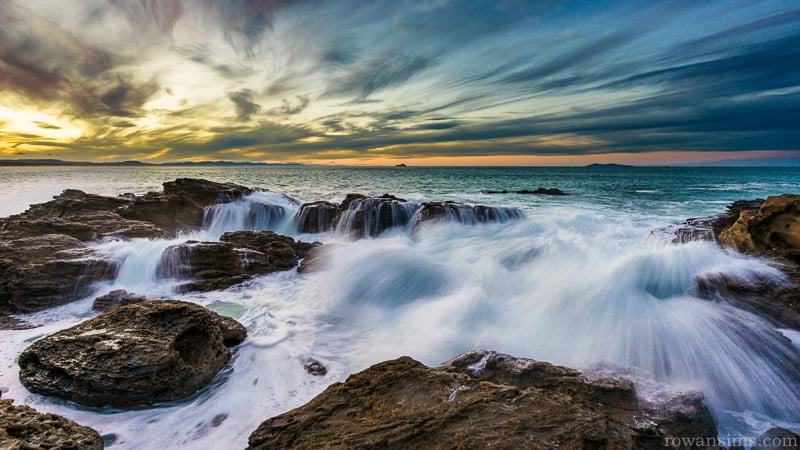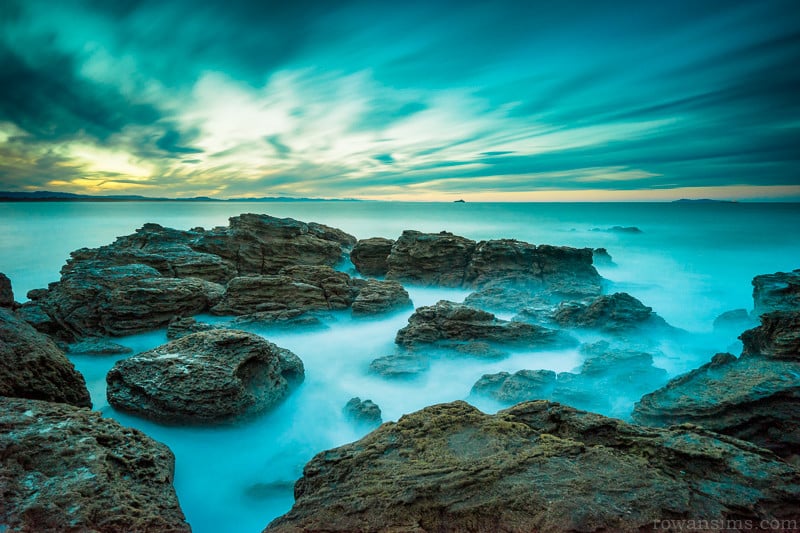The Power of Shutter Speed In Two Photographs
![]()
Shutter speed is one of the first elements of photography that you learn as a beginner. Learning how to control your camera’s shutter speed to make sure your images are sharp and well exposed is Photography 101. Learning how to use shutter speed creatively to manipulate the look and feel of an image is something else entirely, and something that I continue to experiment with a lot.
The following two images illustrate the power of your camera’s shutter speed to create very different images. Despite the composition being almost identical and the images being captured within minutes of each other, they not only look different, they feel different.
They were captured recently on the rocks under Mt Maunganui, New Zealand. The waves were BIG this particular night, and I eventually had to abandon the spot due to the rising tide bringing them closer and closer to the point that I really wasn’t safe.


As you can see, the the 1/5-second exposure freezes the waves beautifully while the 107-second exposure blurs the waves into a mist. The images have also been processed slightly differently to help with the different feel I was wanting to create.
Creating very long exposures requires neutral density (ND) filters, which are very dark and limit the amount of light being allowed through the lens and into the camera’s sensor. I personally use the Lee Big Stopper, but there are a number of options.
Next time you’re photographing a scene with movement, try experimenting with your shutter speed to create different images and play around with how different amounts of movement and blur make the images feel.
Leave a link to your images that show creative use of shutter speed in the comments, I would love to see them!
About the author: Rowan Sims is a landscape and travel photographer based in Mount Maunganui, New Zealand. His images are available as high quality stock and fine art prints and canvas. You can find more of his work on his website, or by following him on Instagram, Facebook, and Twitter. This post was originally published here.